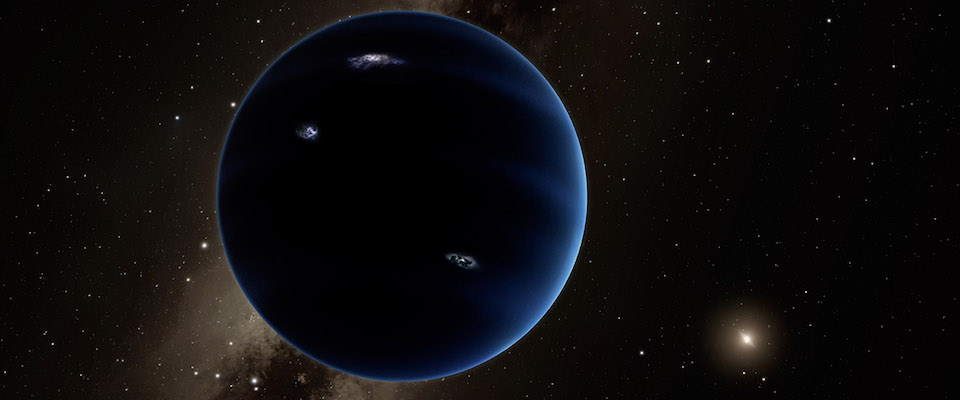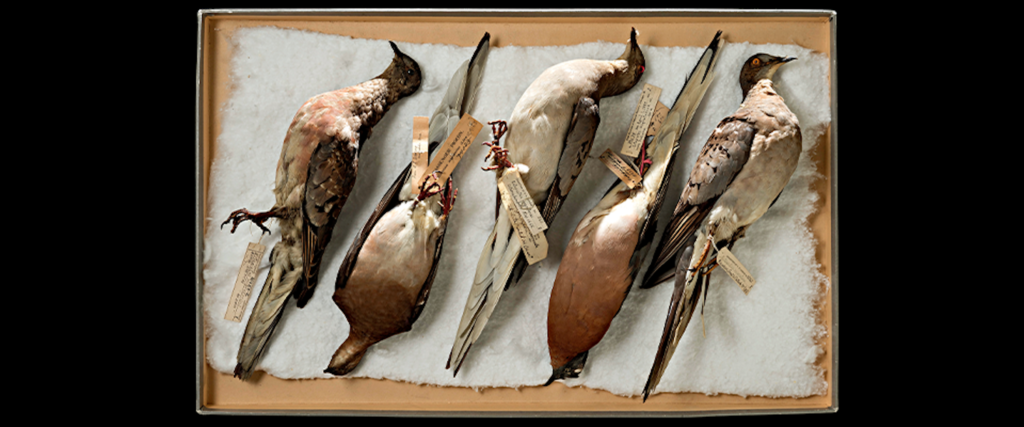The Sad Last Days of the Woolly Mammoth
Hoping to shed light on the woolly mammoth’s decline, UC Berkeley bioinformatics researcher Montgomery Slatkin and a colleague compared the genomes of two of the hairy giants and found that they were mutational hot messes in their last days, with trouble finding where to pee and translucent satin coats that may have looked cool at parties but were hardly enough to protect them from the elements.
Harmful mutations like these are predicted to build up in small, isolated populations that become inbred, a phenomenon called genomic meltdown, according to most evolutionary biologists. If your options for a mate are limited, you can’t be too choosy about undesirable genetic traits, so those don’t get weeded out. The Wrangel Island mammoths provide a rare opportunity to see that theory play out in a real population, Rogers says.
Cool Customer
 UC president and former secretary of Homeland Security Janet Napolitano is known for facing crises with cool aplomb, and she’s urging administrators to follow her example.
UC president and former secretary of Homeland Security Janet Napolitano is known for facing crises with cool aplomb, and she’s urging administrators to follow her example.
Uncertainty on campuses is rampant, as faculty, staff and students don’t know what Donald J. Trump’s presidency means for higher education. While Mr. Trump’s rhetoric has caused major anxiety at universities, Ms. Napolitano said during a visit to The Chronicle on Wednesday, it’s still unclear whether “the bark is worse than the bite.”
A Galaxy Wide Easter Egg Hunt?
UC Berkeley graduate and astronomer Mike Brown, who relishes the nickname by which he’s better known, “Pluto Killer,” made Pluto an object of sympathy and himself the subject of geek ire when he stripped it of its planethood in 2006. Now, he’s “90 percent sure” he and his colleagues can get us a replacement and UC Berkeley and NASA are asking you to help find it.
A new initiative by NASA and the University of California at Berkeley, called Backyard Worlds: Planet 9, is crowdsourcing the hunt for Planet Nine. It will use archived observations from NASA’s Wide-field Infrared Survey Explorer (WISE) mission, which scanned the skies for asteroids and other faint objects. It’s possible that Planet Nine—or perhaps a “brown dwarf” star or two—is lurking in its speckled images of space.




















